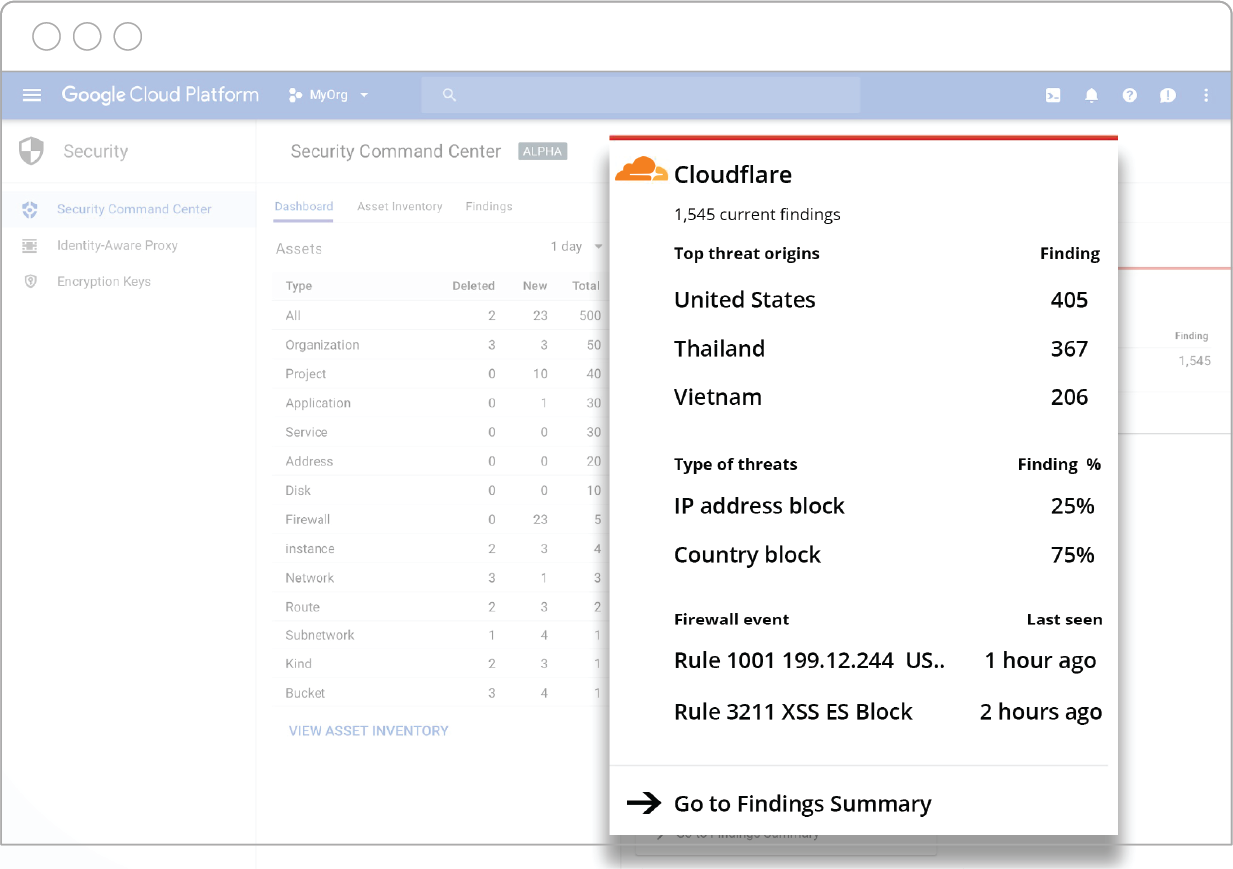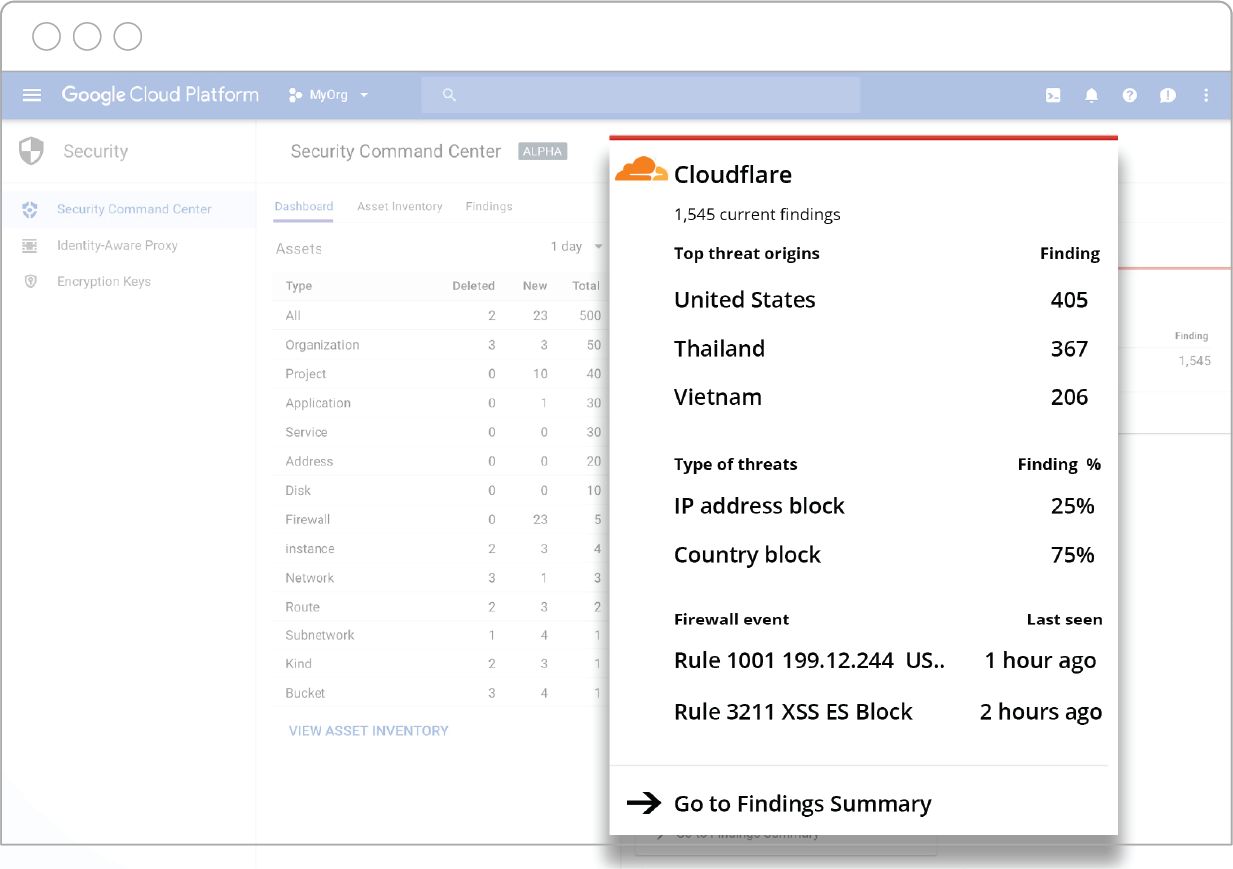CEO Succession at Internet Society – Friday Deadline for Open Call for Candidates
As I informed our community in my last note, we launched the Open Call for CEO Candidates on Friday, 9 March 2018.
The deadline for applications is 23:59 UTC on Friday, 6 April 2018
This means that potential candidates interested in applying still have a few more days to do so. Candidates can apply for the position by visiting the Perrett Laver (our search firm for this process) web site using the following link:
https://candidates.perrettlaver.com/vacancies/726/ceo/
While the Candidate Pack (information about the CEO position) has been available for download on the link above during the whole open call, we have received input from our community asking us to make the Candidate Pack available also on a regular URL outside the search firm’s portal. Accordingly, for your convenience, we have now made it available on the following link as well:
https://www.internetsociety.org/wp-content/uploads/2018/04/Internet-Society-CEO-Succession.pdf
Please, distribute this call to potential candidates who may be interested so that they can apply before the upcoming deadline.
The ongoing open call for candidates will result in a long list of candidates. Taking the long list as a starting point, the whole board (at this point the search committee has already done Continue reading
Istio Keeps Digging Toward 1.0 GA Release
 The platform is increasingly popping up in conversations tied to the orchestration and management of containers in a production environment.
The platform is increasingly popping up in conversations tied to the orchestration and management of containers in a production environment.
Data Center Report Finds Cost Is Not the Big Driver for New Technology
 A big driver for using next-generation technologies was improved capabilities to configure, troubleshoot, and measure data center networks.
A big driver for using next-generation technologies was improved capabilities to configure, troubleshoot, and measure data center networks.
Mosaic NetworX Shortens Its SD-WAN Sales Process With Connected2Fiber
 Mosaic NetworX integrated Connected2Fiber’s connected world platform with its Salesforce instance to more effectively design and sell its SD-WAN service.
Mosaic NetworX integrated Connected2Fiber’s connected world platform with its Salesforce instance to more effectively design and sell its SD-WAN service.
Juniper Networks’ Security Strategy: Unify Everything, Keep it Open
 Juniper Networks security team wants to unify threat detection, automated enforcement, and mitigation in a unified platform and integrate with other technology vendors to support non-Juniper gear.
Juniper Networks security team wants to unify threat detection, automated enforcement, and mitigation in a unified platform and integrate with other technology vendors to support non-Juniper gear.
Extend your security view from the data center to the edge

How great would it be to have a dashboard with a holistic view of threats, malicious server activity, vulnerabilities, sensitive data access levels and a daily scan of resources across all of your applications and services? Now you can.
Cloudflare is thrilled to announce its integration with Cloud Security Command Center (Cloud SCC) for Google Cloud Platform: A security and data risk platform helping enterprises gather data, identify threats, and act on them before they result in business damage or loss.
The advantage of the Cloud SCC solution is that it surfaces insights from both the Google Cloud Platform, as well as Cloudflare’s edge, in a unified dashboard.
What Cloudflare data is visible within the Cloud SCC dashboard?
Through Cloudflare’s API endpoints, data is pushed to Google’s Cloud SCC dashboard and domain name information mapped to the appropriate Google Cloud asset. Cloudflare’s branded card in the Cloud SCC dashboard is automatically populated with a summary of top theat origins, top types of threats, and latest Web Application Firewall (WAF) events.

To view a full list of Cloudflare events, click on the Cloudflare card in Cloud SCC and it will take you to a “Cloudflare Findings” page. From there, you can Continue reading
Red Hat Rides Containers, Kubernetes, Hybrid Cloud Into the Future
 OpenShift, OpenStack, and Ansible were key drivers for 2018 results, with the impending acquisition of CoreOS set to bolster its container and Kubernetes position moving forward.
OpenShift, OpenStack, and Ansible were key drivers for 2018 results, with the impending acquisition of CoreOS set to bolster its container and Kubernetes position moving forward.
Real-time baseline anomaly detection
The screen capture demonstrates the real-time baseline and anomaly detection based on industry standard sFlow streaming telemetry. The chart was generated using sFlow-RT analytics software. The blue line is an up to the second measure of traffic (measured in Bits per Second). The red and gold lines represent dynamic upper and lower limits calculated by the baseline function. The baseline function flags "high" and "low" value anomalies when values move outside the limits. In this case, a "low" value anomaly was flagged for the drop in traffic shown in the chart.Writing Applications provides a general introduction to sFlow-RT programming. The baseline functionality is exposed through through the JavaScript API.
Create new baseline
baselineCreate(name,window,sensitivity,repeat);Where:
- name, name used to reference baseline.
- window, the number of previous intervals to consider in calculating the limits.
- sensitivity, the number of standard deviations used to calculate the limits.
- repeat, the number of successive data points outside the limits before flagging anomaly
Update baseline
var status = baselineCheck(name,value);Where:
- status, "learning" while baseline is warming up (takes window intervals), "normal" if value is in expected range, "low" Continue reading
We’ve Added a New VMWare Course to Our Video Library!
VMware Cloud on AWS is an on-demand service that enables you to run applications across vSphere-based cloud environments with access to a broad range of AWS services. Powered by VMware Cloud Foundation, this service integrates vSphere, vSAN and NSX along with VMware vCenter management, and is optimized to run on dedicated, elastic, bare-metal AWS infrastructure. With this service, IT teams can manage their cloud-based resources with familiar VMware tools. This course is 2 hours and 25 minutes long and taught by Joseph Holbrook.

Why You Should Watch:
VMWare Cloud on AWS allows you take advantage of what you already know and have in your existing infrastructure. Your existing skills, investment in training, operational practices, and investment in software licenses remain relevant and applicable when you move to the public cloud. As part of that move you can forget about building & running data centers, modernizing hardware, and scaling to meet transient or short-term demand. You can also take advantage of a long list of AWS compute, database, analytics, IoT, AI, security, mobile, deployment and application services.
What You’ll Learn:
This course covers the VMware Cloud on AWS service overview, Prereqs, Licensing, SDDC, Hybrid Linked Mode, NSX, Compute Options, Connectivity Continue reading
Team ISOC @ APRICOT 2018
Last month in Kathmandu, Nepal, 750 delegates participated in APRICOT 2018 – Asia-Pacific’s largest Internet conference. It was led by Internet Exchange Nepal (npIX) with support from several organizations including the Internet Society (ISOC) Nepal Chapter.
The Internet Society, through its Asia-Pacific Bureau, is a long-term partner of the APRICOT conferences, sponsoring a competitive fellowship programme, as part of the Internet Society’s mission to support capacity building in developing countries. Read more about our fellows at APRICOT 2018:
Team ISOC @ APRICOT 2018 comprised of staff from Regional Bureaus and Internet Technology. This included Andrei Robachevsky, Aftab Siddiqui, Rajnesh Singh, Salam Yamout, and myself.
In line with the Internet Society’s 2018 Action Plan, our core message at APRICOT 2018 was to strengthen the global Internet routing system and mitigate many of the risks facing the Internet’s core today. This includes route hijacking, traffic detouring, and address spoofing – which is a root cause of Distributed Denial of Service (DDOS) attacks. We promoted the Mutually Agreed Norms for Routing Security (MANRS), a set of recommendations addressing these risks, already adopted by some network operators.
Team ISOC took on a wide variety of roles Continue reading
Cumulus content roundup: April
It’s the beginning of a brand new month, and you know what that means… it’s time for the Cumulus content roundup! This month, we can’t stop talking about leveraging Linux and disaggregation — and it looks like we’re not the only ones who have white-box fever (congrats on joining the movement, Cisco)! All the webinars, videos and white papers you could ask for are included in this roundup, so grab a comfy seat and check out everything that piques your interest.
The latest from Cumulus
The S.O.U.L revolution: The era of oppressive traditional networking ends today! It’s time to add some S.O.U.L to your data center network. What does S.O.U.L stand for? Watch this video to find out and get into the movement that’s revolutionizing the way we think about networking.
Web-scale networking for telco: Cumulus Networks commissioned Heavy Reading to conduct a survey of 70+ IT leaders in the Telco and CSP space to understand what is top of mind in terms of IT priorities. Download this white paper to see what we discovered about their top concerns.
Why Linux in the data center: a fireside chat: Continue reading
Network Analysis Techniques for Large Trace Files
Learn about packet slicing, TShark, and other ways for working with large traces in Wireshark or other protocol analyzers.

